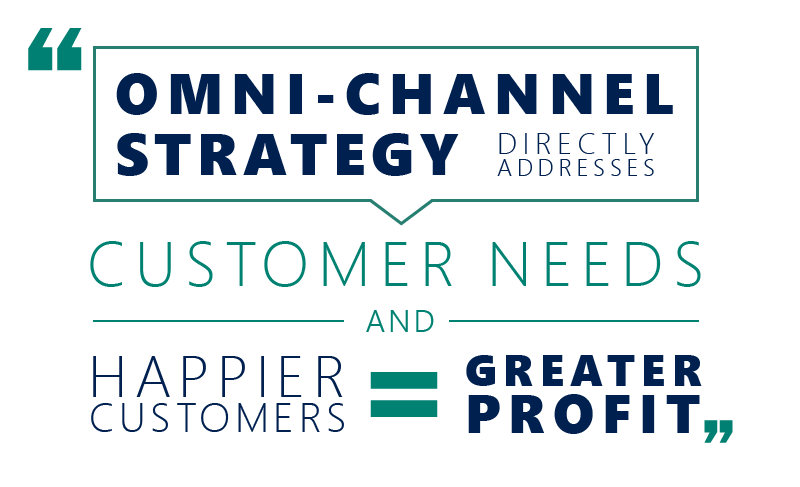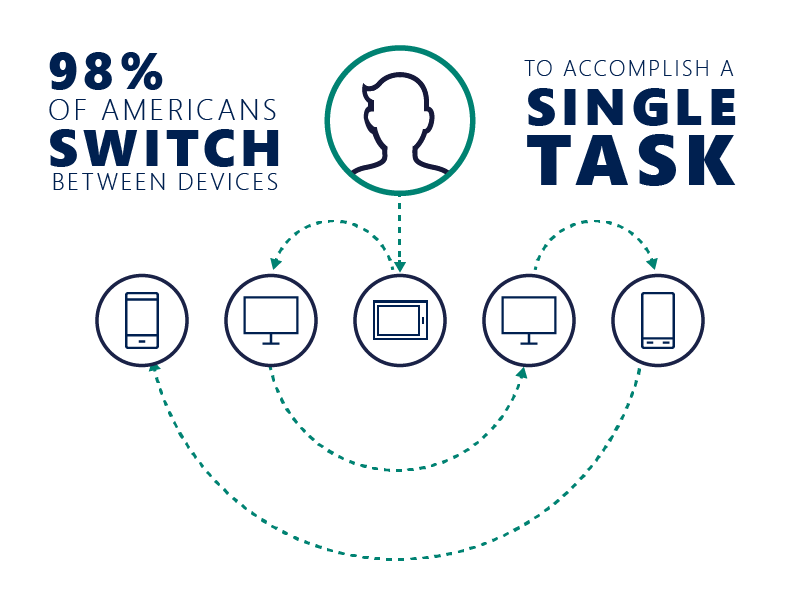
Why Omni-channel Support Is The Cornerstone Of Your Service Success
When a builder lays a cornerstone, she sets the position of a building. Similarly, when a service organization embraces omni-channel support, it establishes a position for a business. That position is foundational, and its emphasis on meeting, listening to, and responding to customers will be felt throughout the organization.
Omni-channel support is an intelligent way to meet customers on their terms, wherever they are. And satisfying these customers should be top priority for your organization: customer service is a key competitive differentiator in the modern marketplace.
With an adaptive customer service strategy, your company can adjust to the many channels of communication that your customers choose now—and what they’ll want to use tomorrow. For your company to remain competitive in the coming decade, omni-channel support needs to be the cornerstone of your customer service organization.
Omni-channel means connection
By 2020, consumer demand for an omni-channel experience will be amplified by the need for nearly perfect execution. Put another way, your organization might be doing fine today, but if you don’t adopt an omni-channel strategy soon, you may wind up losing customers faster than you can gain them in just 5 years.
There are many customer touchpoints to consider. How is information entered in an online chat should be logged in a CRM system? How should relevant social media posts be collated? How will agents will have insight into what customers have already viewed and searched for—insight that empowers them to instantly provide value to every interaction? All of a customer’s outreach attempts should be felt throughout the network, so it’s easy for service reps to access relevant information and provide the right answers quickly.
Providing good-enough customer service won’t cut it anymore. Customers expect companies to offer a wide variety of methods to solve their issues. They’ll choose the channel that is most convenient to them at the time, so the experience must be consistent and all those points of contact must be linked within a unified service technology.
Learn how omni-channel support fits into a future-ready service strategy
Your customers are excellent jugglers
Channel-switching tendencies vary a bit around the globe. In the US and UK, customers use an average of 4 service channels regularly to interact with a brand or organization. Japanese customers use only 2, on average, but in Brazil, the typical customer uses 5 channels.
As for why, the answer is apparent: customers are busier than ever and they need as much flexibility as they can get. They like juggling devices; nearly 98 percent of Americans switch between devices to accomplish a single task in the same day. Offering customers a greater number of interaction points leads to more engagement opportunities.
Of course, all that switching among devices and points of contact means companies need smart infrastructure to meet the demand. A CRM system pulls a single customer’s growing collection of information—tweets, chats, emails, calls to the contact center, order history, and so on—into one place so that employees can deliver the exceptional experience and level of service consumers demand.
Read the whitepaper on building customer service strategy
Good customer service is good business
When a company’s Customer Experience Index (CX Index) score goes up, revenue increases, and not just slightly. For airlines and wireless carriers, there’s a potential upside of more than $1 billion a year with a 10-percentage-point improvement in the customer experience score. But companies across the board can expect profits to increase if their CX Index scores go up, Forrester’s Revenue Impact of Customer Experience 2015 study predicts.
So what does that have to do with omni-channel efforts? Businesses that adopt an omni-channel management strategy achieve 91 percent greater year-over-year increase in client retention rates than their peers that don’t view it as a priority. These same companies see an annual company revenue increase of nearly 10 percent each year.
The connection is clear: omni-channel strategy directly addresses customer needs, and happier customers lead to greater profit.
It’s time to meet your customers wherever they want to meet you. With an omni-channel customer support program as the cornerstone of your business, you won’t only be satisfying customers, you will also be driving loyalty, increasing revenue, and empowering employees to work more efficiently.
Start laying the foundation now; 2020 is just around the corner.
Build your customer service for the next decade



